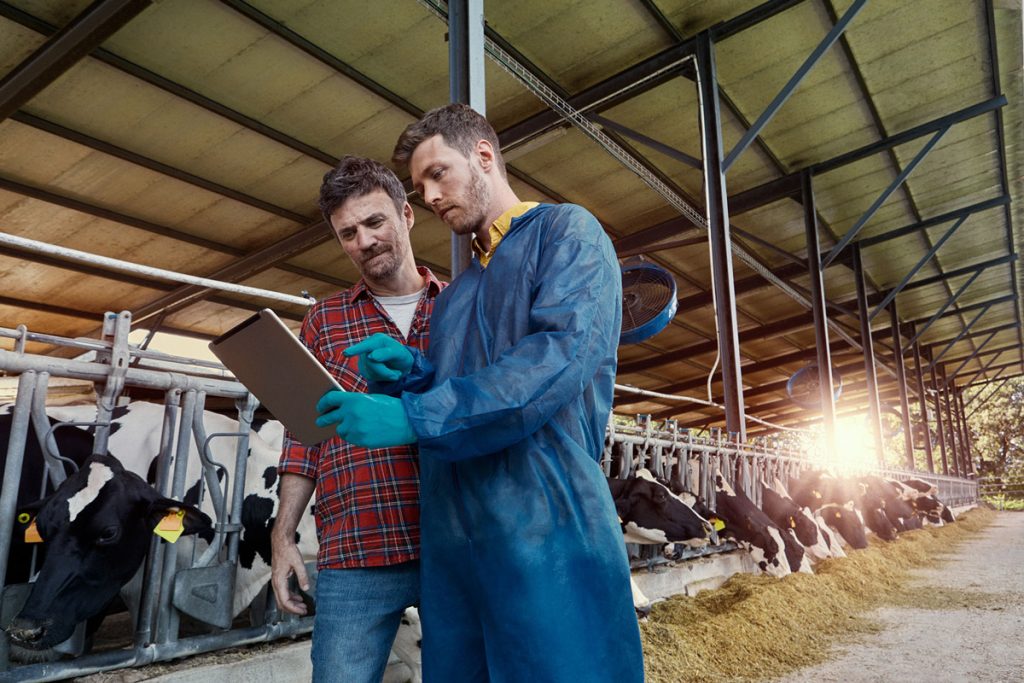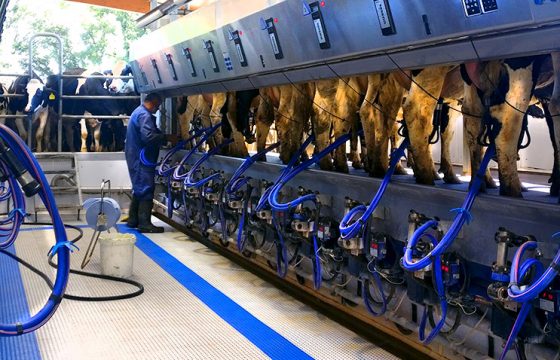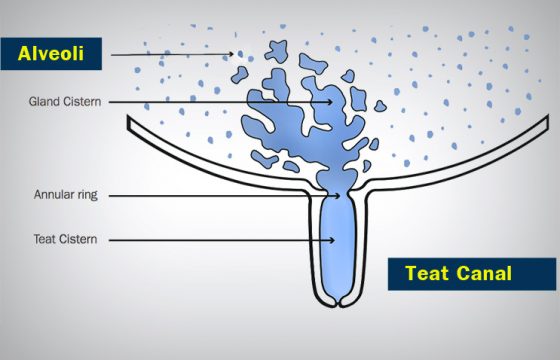Mastitis & Clinical Vets: the new path for a new PRO
Mastitis control in cows has often been associated with milk quality specialists, whilst clinical vets are mainly involved in treatment decisions. Changes in antibiotic usage regulations make it essential to shift this paradigm and involve clinical veterinarians more in the detection and prevention of the disease.
Mastitis, an endless problem…
The reality on dairy farms worldwide is constantly changing, like the societies in which they exist: Legislation, the economy, and even society itself influence the challenges that veterinarians and farmers encounter daily.
Considering that mastitis and dry-off account for 75% of antibiotic consumption on dairy farms, it is obvious that this is one of the main issues to be addressed.
Moreover, we must not forget that mastitis in cows itself causes significant losses in production. When we add discarded milk due to antibiotic usage, the disruption of the daily routine and the loss of cows, the disease becomes a real headache for the sector.
Clinical veterinarian: the ally against mastitis
It is essential to adapt and seek solutions that help us adjust to the ever-changing world we face and evolve with it. As veterinarians, we need to take the lead and assist farmers in the direction of prevention and antibiotic reduction, demonstrating a way of working that proves more beneficial in their daily operations.
The clinical veterinarian is at the forefront and plays a crucial role in controlling and preventing diseases that emerge on any farm. It is essential to include mastitis control in the routines developed on farms. Providing our farmers with the assurance that their farm is monitored in all aspects is not only beneficial for them but also for us as veterinarians.

How to introduce mastitis control in my current portfolio?
We have the necessary knowledge to facilitate the implementation of this service in the portfolio of any veterinarian who accepts the challenge. We are talking, for example, of:
- Easy access to information to increase knowledge
- Audits and diagnostic tests for initial evaluation
- Protocol implementation, including vaccination.
- Monitoring and follow-up
Unlike previous formats of mastitis control, the current tools are more suited to the needs of the clinical veterinarian: they are easy to implement and quick to use, allowing for time savings without compromising on the accuracy of the information obtained.
Furthermore, training programmes are being developed for veterinarians who wish to progress, learn more about this topic, and include it in their portfolio of services for farmers. If you would like information on this topic, please request it here.


